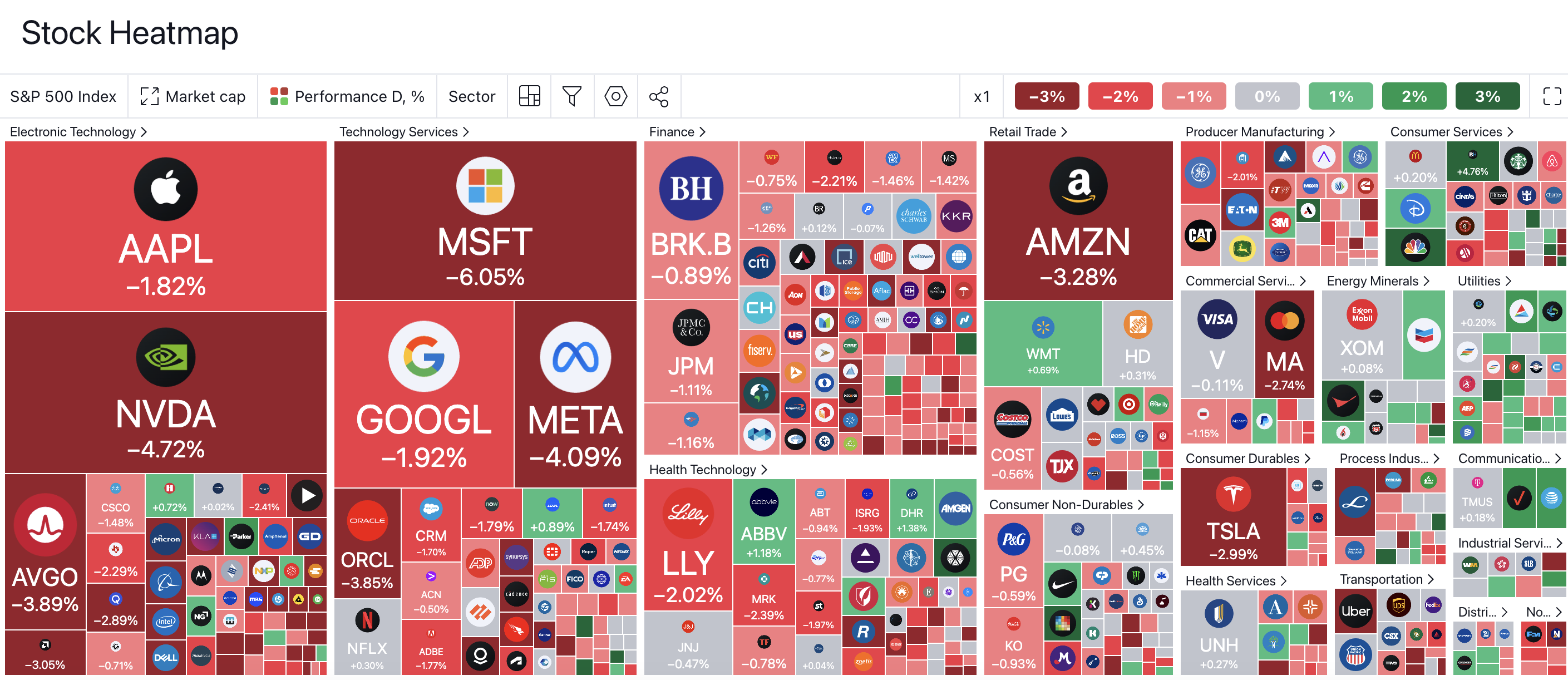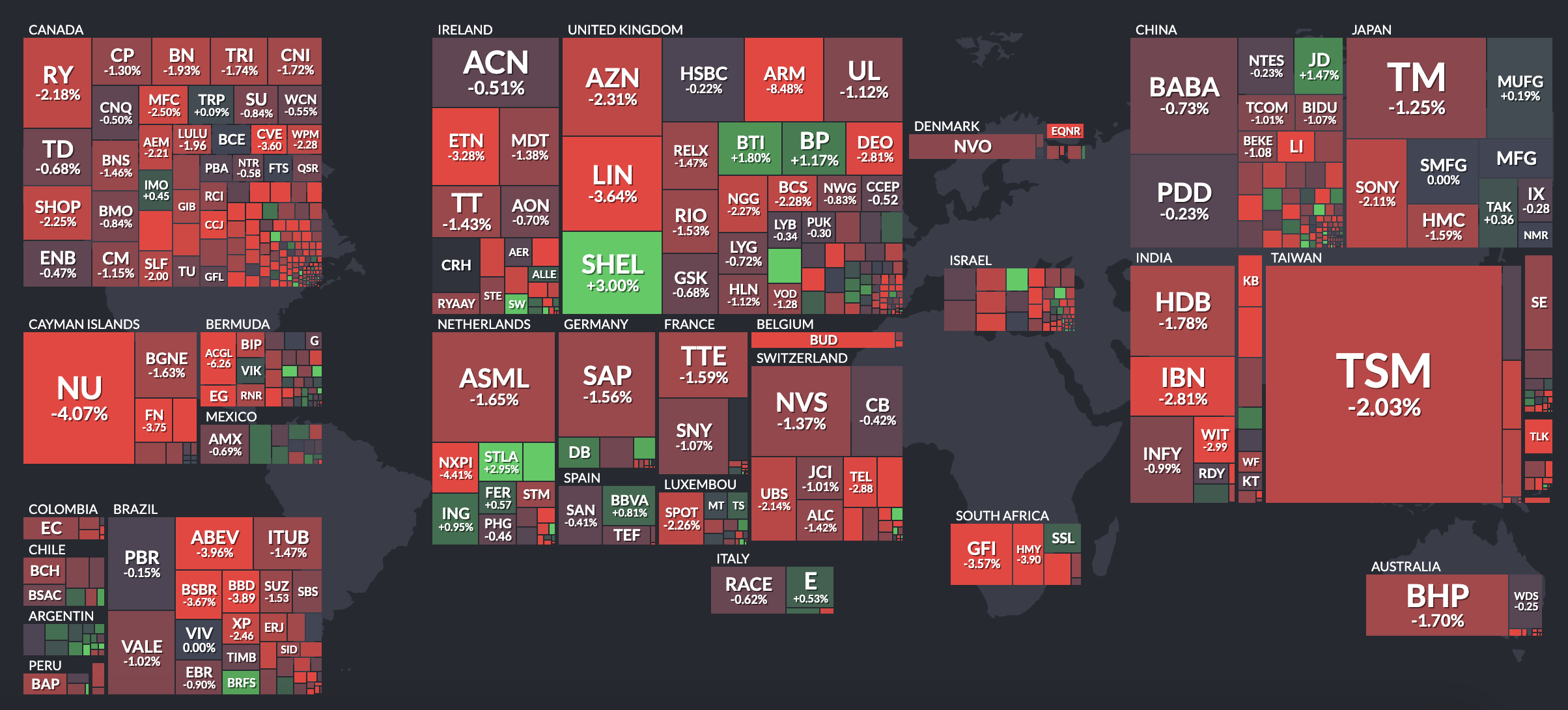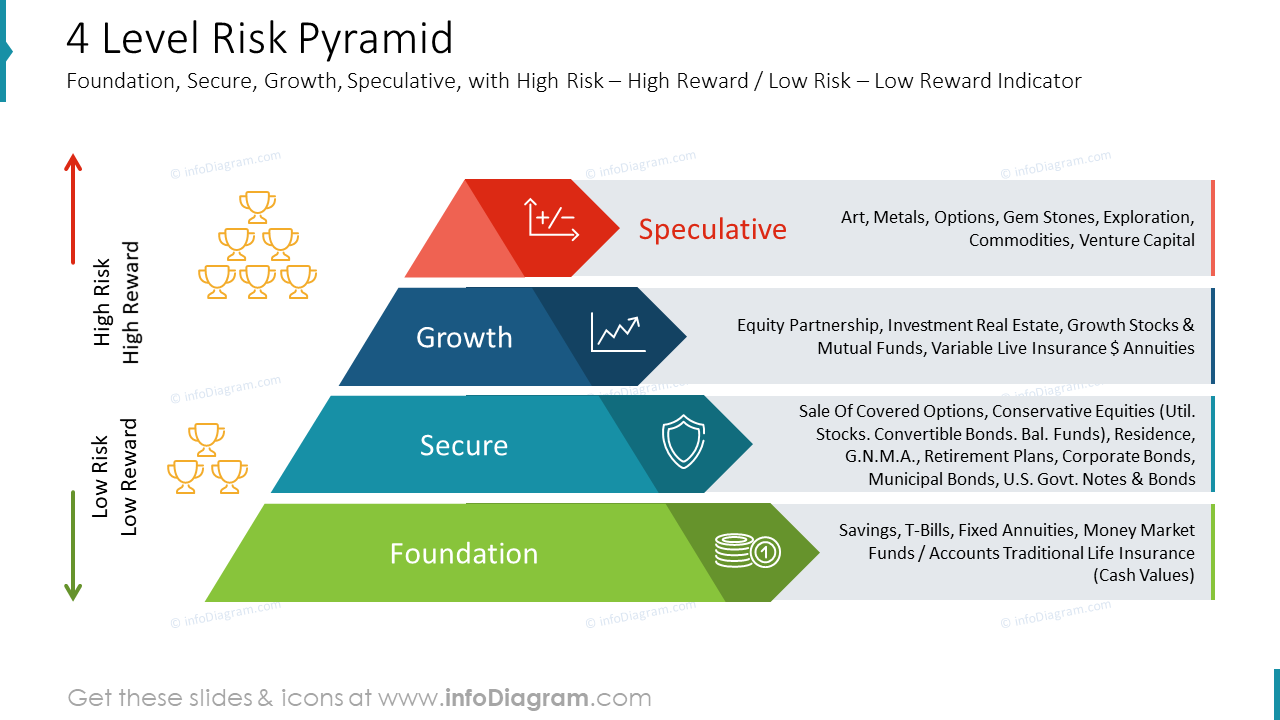The Breaking Point: Stock Market Crash 2024 Unfolds
The latest stock market crash 2024 has sent shockwaves through Wall Street as an unprecedented $953 billion in market value evaporated in what experts are calling a historic market correction 2024. This massive financial market collapse, reminiscent of previous market meltdowns, has triggered widespread concerns about economic stability and renewed fears of a potential stock market crash 2024 deepening further.
Global Market Impact
US Markets in Freefall
Wall Street's severe market downturn has sparked intense investor anxiety, with the VIX fear index skyrocketing 24% as the economic downturn 2024 continues to unfold. The S&P 500 tumbled 2.8%, while the Nasdaq Composite experienced its steepest decline since the recent banking crisis, plummeting 3.2%.
Sector-by-Sector Breakdown
Technology and AI Sector Impact
The artificial intelligence sector, previously a beacon of market strength, succumbed to the widespread market panic. Key losses include:
- Semiconductor manufacturers face harsh headwinds
- AI-focused companies like Palantir and Snowflake post significant declines
- Cloud computing services see massive valuation drops
Consumer Sector Casualties
The consumer sector has been hit particularly hard:
- Amazon: $75.6 billion market value loss
- Tesla: 6.2% decline, erasing $42.3 billion
- Total consumer discretionary sector: Nearly $198 billion wiped out

International Markets React
Wall Street's severe market downturn has sparked intense investor anxiety, with the VIX fear index skyrocketing 24% as the economic downturn 2024 continues to unfold. The S&P 500 tumbled 2.8%, while the Nasdaq Composite experienced its steepest decline since the recent banking crisis, plummeting 3.2%. This market volatility 2024 has left investors scrambling for safe havens and questioning the stability of their investment portfolios.
The ripple effects of this financial market crash have extended far beyond U.S. borders. European markets reeled under the pressure, with Germany's DAX dropping 2.1% and London's FTSE 100 shedding 1.8%. Asian markets weren't spared either, as the Nikkei and Hang Seng indices recorded significant losses, highlighting the global nature of this market crisis 2024.

Tech Sector Bears the Brunt
The devastating market selloff 2024 has particularly ravaged the technology sector, with industry giants bearing the brunt of the stock market volatility:
- Apple's market value plunged by $113.2 billion
- Microsoft suffered a staggering $98.7 billion loss
- Nvidia witnessed an $87.3 billion erosion
In the technology sector, semiconductor manufacturers faced particularly harsh headwinds, with industry leader Nvidia witnessing an $87.3 billion erosion in market value. The artificial intelligence sector, previously a beacon of market strength, succumbed to the widespread market panic, with major players like Palantir and Snowflake posting significant losses.
Consumer sectors haven't escaped unscathed from this stock market plunge. Amazon's market value contracted by $75.6 billion, while Tesla's shocking 6.2% decline wiped out $42.3 billion in market value. The consumer discretionary sector's total losses approached $198 billion, marking one of the most severe sectoral declines in recent memory.
Financial institutions felt the full force of the market meltdown, with JPMorgan Chase, Bank of America, and Goldman Sachs collectively losing nearly $30 billion in market value. This banking sector vulnerability has raised concerns about broader economic stability and potential systemic risks.
Some defensive sectors have shown relative resilience during this market turmoil. Consumer staples, utilities, and healthcare stocks experienced more modest declines, with companies like Procter & Gamble and Johnson & Johnson providing some shelter from the storm. However, even these traditionally stable sectors couldn't completely escape the market's gravitational pull.
Looking ahead, market analysts warn that this severe market correction could signal more turbulent times ahead. The combination of persistent inflation, rising interest rates, and global economic uncertainties suggests that the current market instability might not be a mere temporary setback but rather a harbinger of a more prolonged period of market volatility.
For investors navigating these treacherous waters, the importance of risk management and portfolio diversification has never been more apparent. While some may view this market correction as a potential buying opportunity, others warn that catching a falling knife could lead to further losses.

As this market crisis continues to unfold, one thing remains clear: the financial landscape of 2024 has been fundamentally altered by this historic selloff. Whether this marks the beginning of a deeper market downturn or a temporary correction remains to be seen, but investors would be wise to prepare for continued volatility in the months ahead.
The lessons from previous market crashes suggest that while recovery is possible, patience and strategic positioning will be crucial for weathering this storm. As Wall Street grapples with this new reality, the coming weeks will be critical in determining whether this massive selloff marks a turning point in the market's trajectory or the beginning of a more extended period of economic uncertainty.
Moving Forward
As this market crisis continues to unfold, the financial landscape of 2024 faces unprecedented challenges. Whether this marks the beginning of a deeper market downturn or a temporary correction remains to be seen, but investors must prepare for continued volatility in the months ahead.
Expert Recommendations
Risk Management Strategies
- Portfolio rebalancing considerations
- Sector rotation opportunities
- Defensive positioning tactics
Long-term Perspective
The lessons from previous market crashes suggest that while recovery is possible, patience and strategic positioning will be crucial for weathering this storm. As Wall Street grapples with this new reality, the coming weeks will be critical in determining whether this massive selloff marks a turning point in the market's trajectory or the beginning of a more extended period of economic uncertainty.







